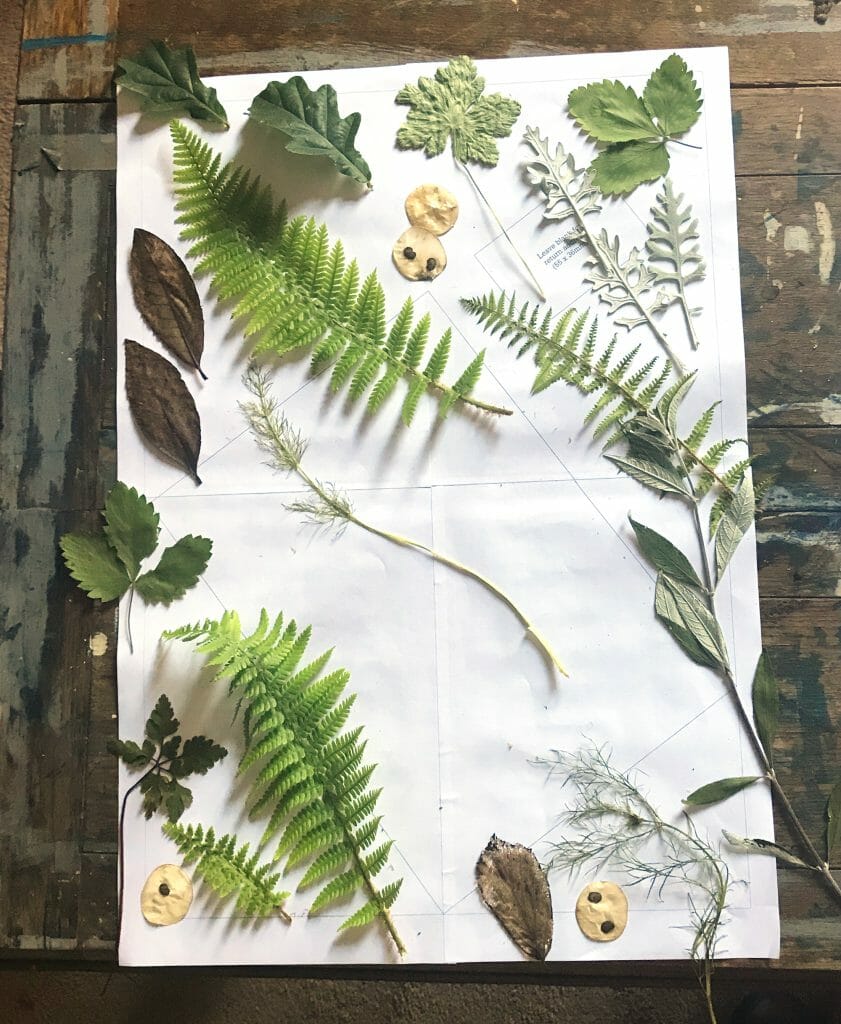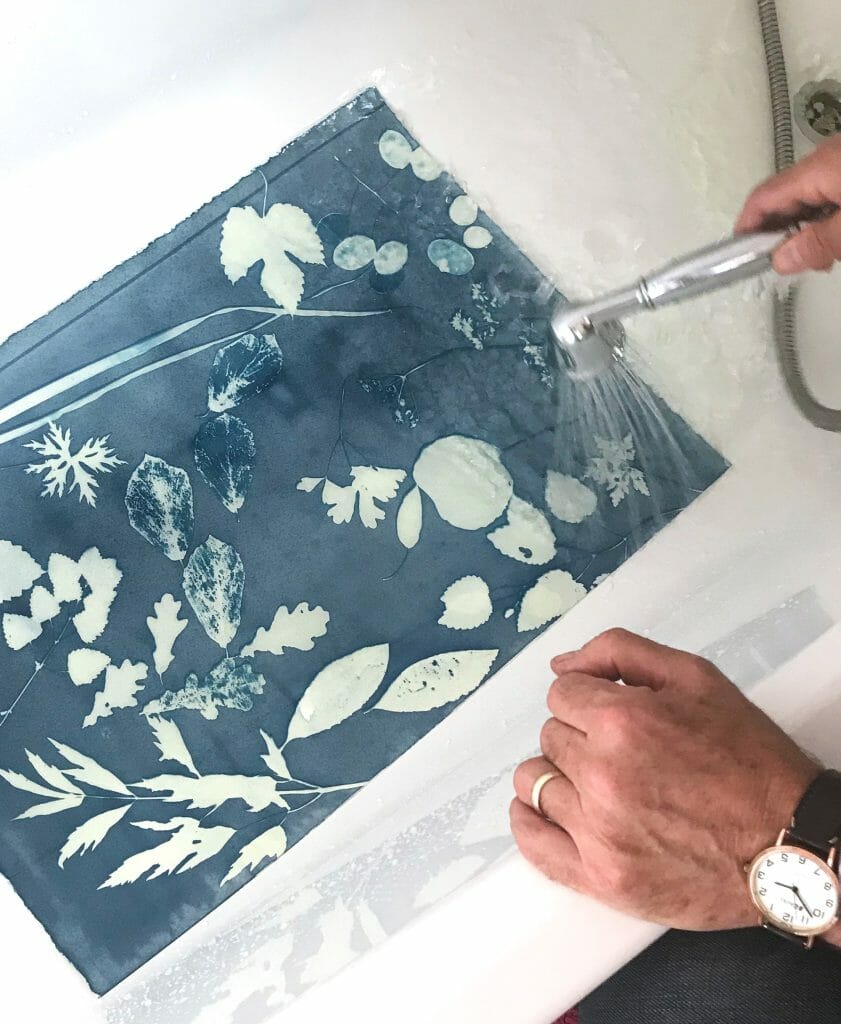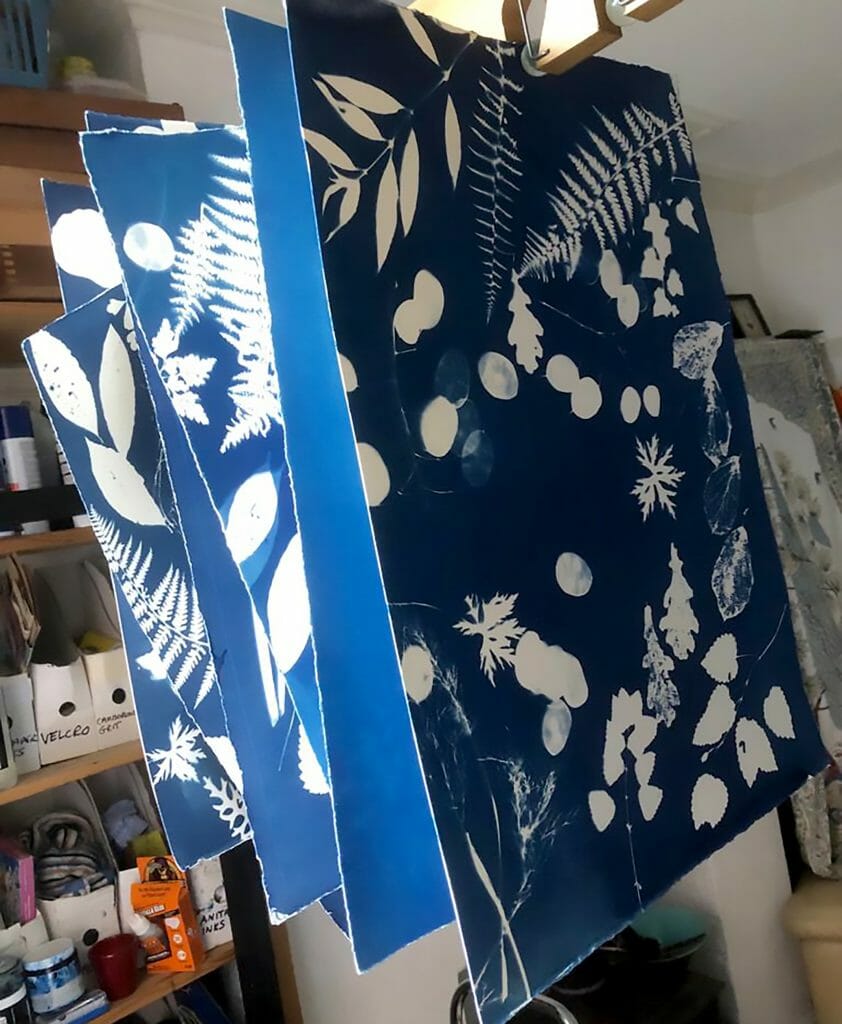I suspect that no matter which part of the world you call home, you will probably agree that we have been living through some pretty turbulent times recently. Across the globe, we are all facing challenges – from Covid and climate change, to conflict and cost of living crises. Life on our planet no longer feels quite like it was. And if we’re honest, it can sometimes feel pretty bleak.
But one of the ways in which many of us have begun to find some solace in these difficult times is through a deepening connection with nature. I don’t mean going on epic trips to the South American rainforest or spending thousands on snowboarding excursions to the Rockies. I’m thinking of the natural world on our doorstep – in parks and pathways, in pots and on patios – the life and growth in our humble back gardens and yards.
It was where many of us turned to in lockdown. The joy of hearing birdsong in a plane-free sky. Buds springing into life and flowers opening in glorious bloom. Greenery, peace, and quiet.
Our brand-new Apothecary Pigeon is a celebration of the healing qualities of our gardens and the natural world on our doorstep. Each leaf in these stunning cyanotypes was selected from artist Jake Lever’s garden. He has included honesty, fern, witch hazel and oak. Sage, tomato, nasturtium, hop and fennel. Spring onion, lovage, geranium and lemon balm. These plants have unique healing and medicinal properties – from vitamin C to the treatment of indigestion and anxiety, reducing inflammation and bringing down fevers, lowering blood sugar and cholesterol levels. They were widely used for medicinal purposes in the past, and many of todays drugs and medicines are either derived from or inspired by natural substances found in plants.
In order to capture and display these incredible plants on this new set of Pigeons, Jake has used a wonderful 150-year-old process called Cyanotype photography. (The word ‘cyan’ comes from the Greek, meaning ‘dark blue substance’). In essence, it’s a very simple technique. You place an object on paper that has been coated with a special light-sensitive chemical, and then expose that paper to sunlight. After the paper has been washed in water, the area underneath the object retains the colour of the paper, while the area around it becomes a deep, rich blue.



One of the earliest examples of cyanotypes being used in this way was by the botanist and photographer Anna Atkins. In 1843, just one year after the cyanotype process had been invented by the astronomer Sir John Herschel, she realised that it could be used to record specimens of plant life, and she published a book called British Algae, Cyanotype Impressions, Part 1. If you’d like to find out more, you can see her work in the V&A Museum in London.
This is the inspiration behind these new Pigeons, and we hope it helps to both keep alive and kindle the new connections we have all begun to make between ourselves and nature – a deep connection of wellbeing and calm – and one which reminds us of the incredibly important connections between us all that need to be nourished and maintained – the very connections that Pigeon is built upon.
John Morse-Brown
November 2022
